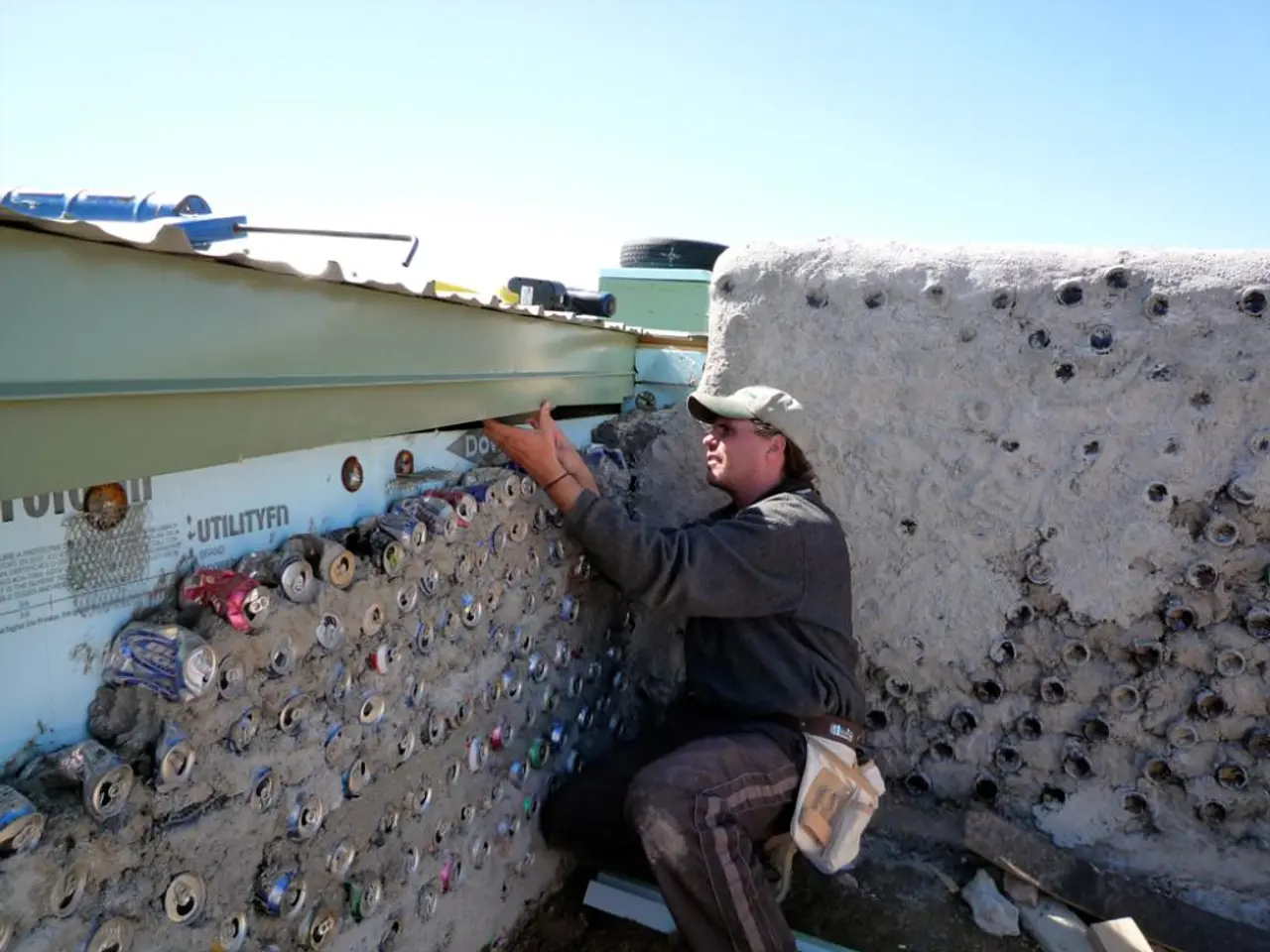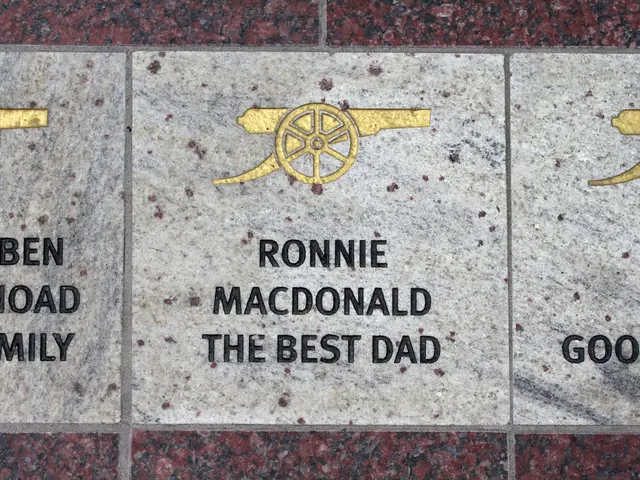Boosting Recycling Efforts: Enhanced Titanium and Aluminum Recycling Circulation
Airbus, a leading name in the aviation industry, is making significant strides towards sustainability by focusing on circularity in the production of titanium and aluminium, two key materials in aerospace manufacturing.
Reducing Waste with Additive Manufacturing and Recycling
For titanium, Airbus is leveraging additive layer manufacturing (ALM), a 3D printing technology, to fabricate aircraft parts with minimal waste. This innovative method significantly reduces metal consumption and production waste, contributing to a more sustainable aerospace industry.
In a groundbreaking move, Airbus partners with EcoTitanium, the first European venture to produce recycled aerospace-grade titanium ingots containing up to 75% recycled material. The manufacturing process uses four times less energy than the traditional method of using titanium sponge, leading to a reduction in carbon emissions.
Closed-Loop Aluminium Recycling
For aluminium, Airbus collaborates closely with leading producers such as Constellium and Novelis to establish a closed-loop recycling system for aluminium production scrap. This collaborative effort involves coordination among Airbus sites, external machinists, scrap dealers, and metal melters to ensure traceability and maximize recycled content in aluminium used for manufacturing. By the end of 2026, all aluminium from Airbus sites will be part of this closed loop.
Beyond manufacturing scrap, Airbus also recycles decommissioned aircraft fuselages through a partnership with Tarmac Aerosave and Constellium, converting used aluminium into new aerospace-grade alloys. Aluminium recycling consumes only 5% of the energy compared to primary production and emits 95% less CO₂, making this an impactful sustainability measure.
Achieving a Circular Economy
Airbus's circularity efforts for titanium and aluminium include using additive manufacturing to minimize titanium waste, partnering with recycled titanium producers to integrate recycled material into production, creating closed-loop aluminium recycling among suppliers and waste handlers to ensure traceability and maximize reuse, and recycling aircraft fuselages into new alloys for aerospace use.
These initiatives contribute to lowering resource consumption, reducing carbon footprint, and advancing sustainable aerospace manufacturing.
In addition, Airbus is using ALM to produce aircraft parts from titanium with minimal waste, specifically powder bed fusion (PBF) and directed-energy deposition (DED). The use of ALM has resulted in weight savings in aircraft parts, such as a 45% weight reduction in the latch shaft of the A350, leading to CO2 emissions savings over a 20-year aircraft lifespan.
VAS Aero Services, a subsidiary of an Airbus-owned company called Satair, offers an end-of-life dismantling programme, which dismantles decommissioned aircraft and sorts parts into categories for reuse or recycling. The most common parts that are sold to be reused for aircraft repairs are structural components like the engines, landing gear, and auxiliary power unit.
Titanium is primarily used for pylons, engines, and landing gear in aerospace manufacturing, while aluminium is used for aircraft fuselages, wing structures, and interiors. With these initiatives, Airbus is moving towards its long-term vision of achieving a completely closed loop where 100% of all materials in an aircraft's value chain are recycled or reused within the industry.
Sources:
- Airbus
- Constellium
- EcoTitanium
- Tarmac Aerosave
- VAS Aero Services
- Novelis
- Airbus's endeavors in environmental science, specifically in the aerospace industry, extend to the incorporation of additive manufacturing technology for producing titanium components, aiming to minimize waste and bolster sustainability.
- In an effort to combat climate-change, Airbus collaborates with partners like Constellium and Novelis, implementing a closed-loop recycling system for aluminium production scrap that ensures sustainability by maximizing reuse and reducing carbon footprint.
- Leveraging the advantages of both additive layer manufacturing and recycling, Airbus, in alliance with ventures like EcoTitanium, seeks to attain a circular economy by integrating recycled metal into their manufacturing processes, lowering resource consumption and promoting a more eco-friendly finance model within the aviation industry.








